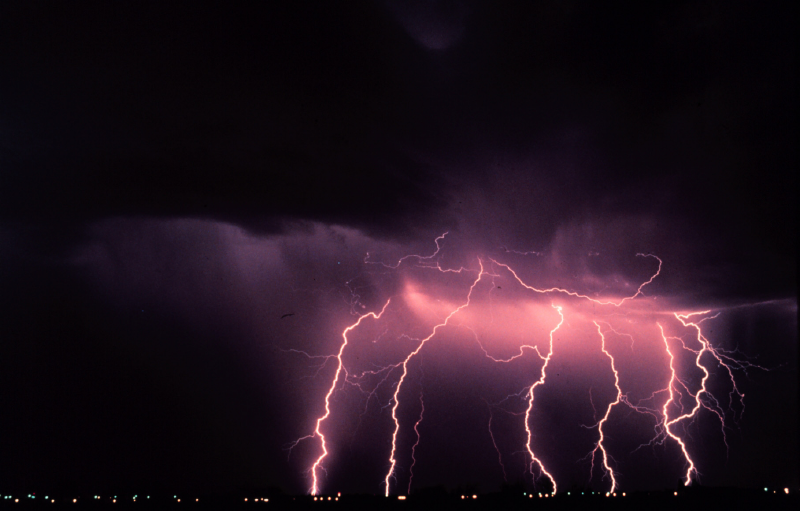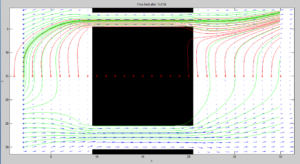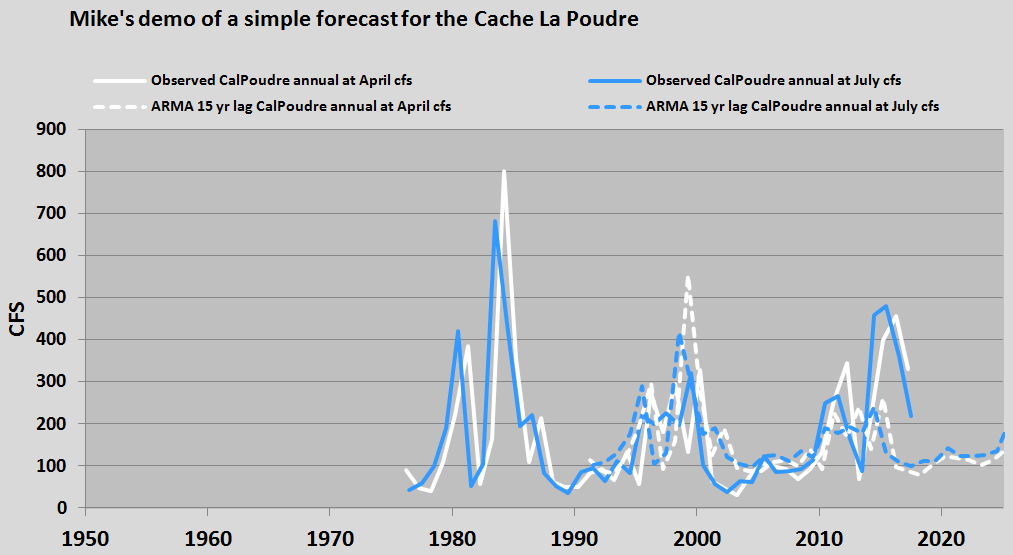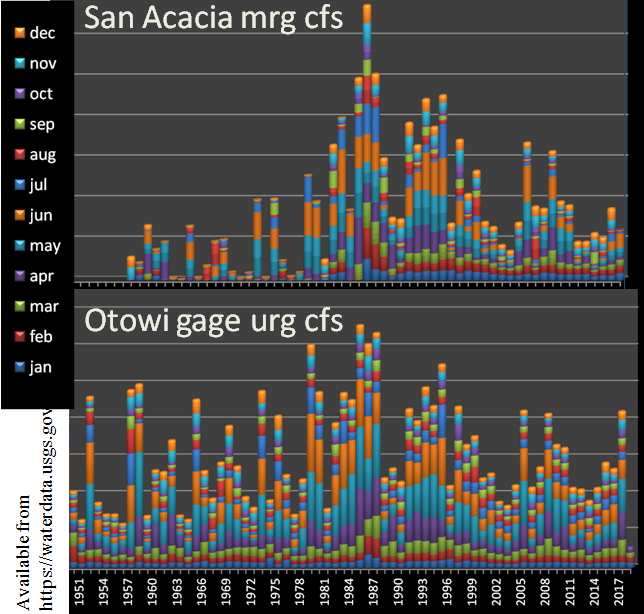
Lightning and pH
pH and electricity are as tightly integrated as any two nominally different phenomena can be. Ask any who explore aspects of the Nernst Equation. On the other hand, leading Stanford and NOAA scientists have asserted that a glass electrode pH meter (geph), which is a variation of a voltage meter, cannot be relied upon to measure pH. Each of us cannot be right.
Perhaps an infinite number of questions remain about pH and electricity, but many appear to orbit around statistically significant similarities with and differences in, magnitudes and scales of flow, and compositions of surfaces, from micron scales to the planetary scale. These appear to apply regardless of whether the systems are within a test tube, or oceans, or within rivers, or in the atmosphere. They also apply at any particular altitude or latitude. In short, the intrinsic coupling between pH and lightning (i.e. static electricity) throughout the hydrosphere and at almost any observable scale in space or time is impossible to disregard. Moreover the electrically driven separation from some of the flowing moist air of its oxygen and hydrogen atoms, each migrating to an oppositely charged locale can also account for much of the ozone and the hydrogen peroxide (and this also appears to be well known but poorly disseminated) . At least that is how I am interpreting, within a work in progress. For my part, I find a textbook by Probstein (1994) to be very informative and straightforward.
As the electrostatic charges build up rapidly within the host fluid between two opposing “surfaces”, protons (i.e. hydrogen atoms) are induced to emerge from the flowing host fluid and migrate to the nearest oppositely charged suitable surface. There are other important influences on which direction such ions travel with respect to the host fluid. But much of that is well known, including through the application of the frequently measured zeta potential and recognition of the advective, dispersive and diffusive Navier Stokes flow components. I plan a better image to augment but for now, this figure below lays out the broader framework of a fluid flow around and between material surfaces. I’ve been working with such systems with a goal to exploring the electrokinetic aspects, using existing published models and papers.
It is also a given that the greater the concentration of protons (again, hydrogen atoms), the lower the logarithm-scaled pH value. Accordingly, pH may be more directly analogous to lightning than any other imaginable comparison. For example, I find the so-called Revelle Factor, along with much of their carbonate chemistry merry-go-round a joke, although those are the foundation of the OA assertions.
In regard to pH and lightning, I also find this resource by Reshetov (1965) to have established or at least postulated intriguing mechanisms, several decades ago. It’s additionally interesting to me because of the paper’s seminal tie ins to colloids in the atmosphere (aerosols).
Reshetov’s abstract includes these statements:
“If the pH of the moisture, of which aerosol particles are formed, is greater than 5.. positive charges are formed on particles, and when pH < 5, these charges are negative. This phenomenon is explained by water dissociation into H+ and 0H~ ions and by selective sorption of these ions by aerosol moisture”. and
“These results allowed the author to derive a theory of origin of the Earth’s normal electric field ..The latter is explained by gravitational settling of positively charged aerosol in negatively charged gas that surrounds the terrestrial glove. The negative charge of the Earth is formed by transfer to Earth of air particles with negative charge due to its conductance. This is a further development of the idea of colloid electricity application to atmospheric electricity events, first postulated by Frenkel 1 ..”
References
Probstein, Ronald F., 1994, PHYSICOCHEMICAL HYDRODYNAMICS An Introduction, 2nd Ed.. John Wiley and Sons, Inc. New York.
Reshetov, V.D., 1965, ON THE MECHANISM OF ELECTRICITY GENERATION IN THUNDER STORMS, Nature of Aerosol Partical Charging. NASATT F-9656. ST-AM-10 307
2 2 MARCH 1965 NASATT F-9656 ST— AM— 10 307 ON THE MECHANISM OF ELECTRICITY GENERATION IN THUNDERS TORMS • [ REVIEW PAPER ] Central Aerosol Observatory** by V, D. Reshetov NATURE OF AEROSOL PARTICLE CHARGING
source of featured image
https://www.nasa.gov/images/content/150599main_lightning_photo.jpg
This is an opinion piece by the author.
 9802total visits,2visits today
9802total visits,2visits today


